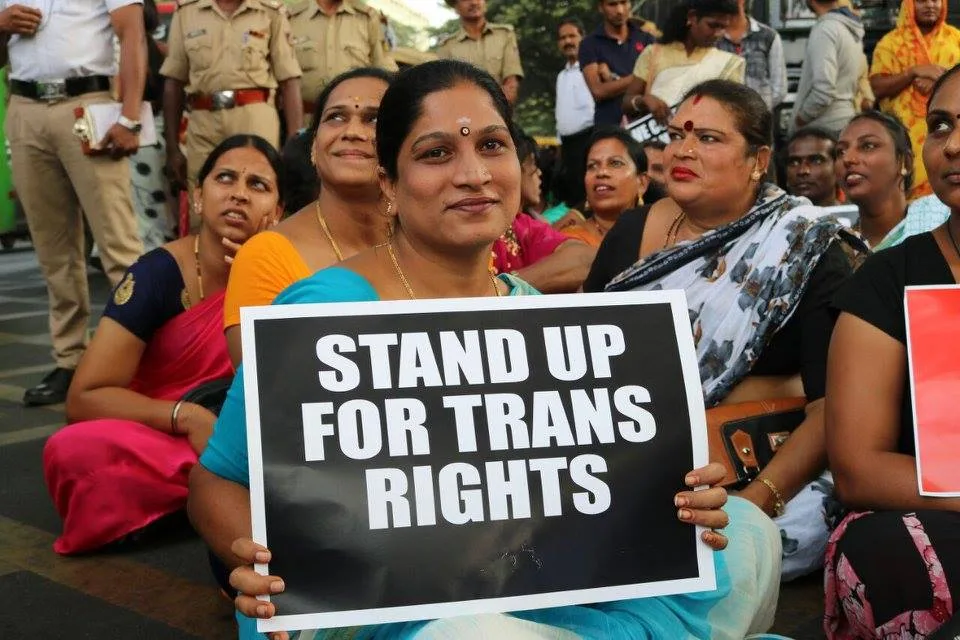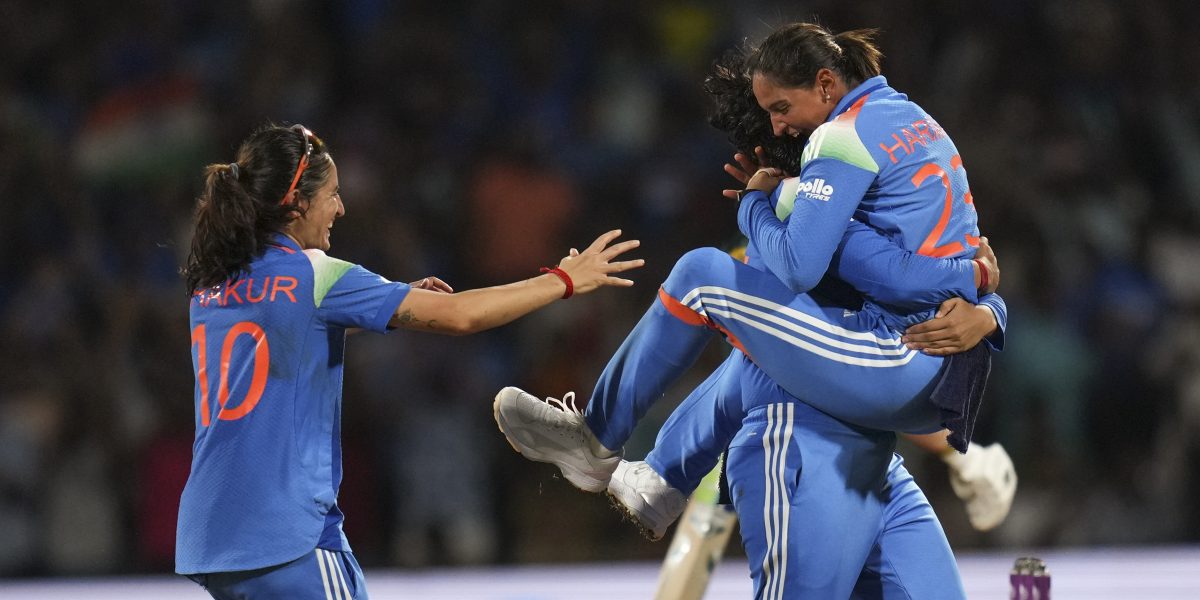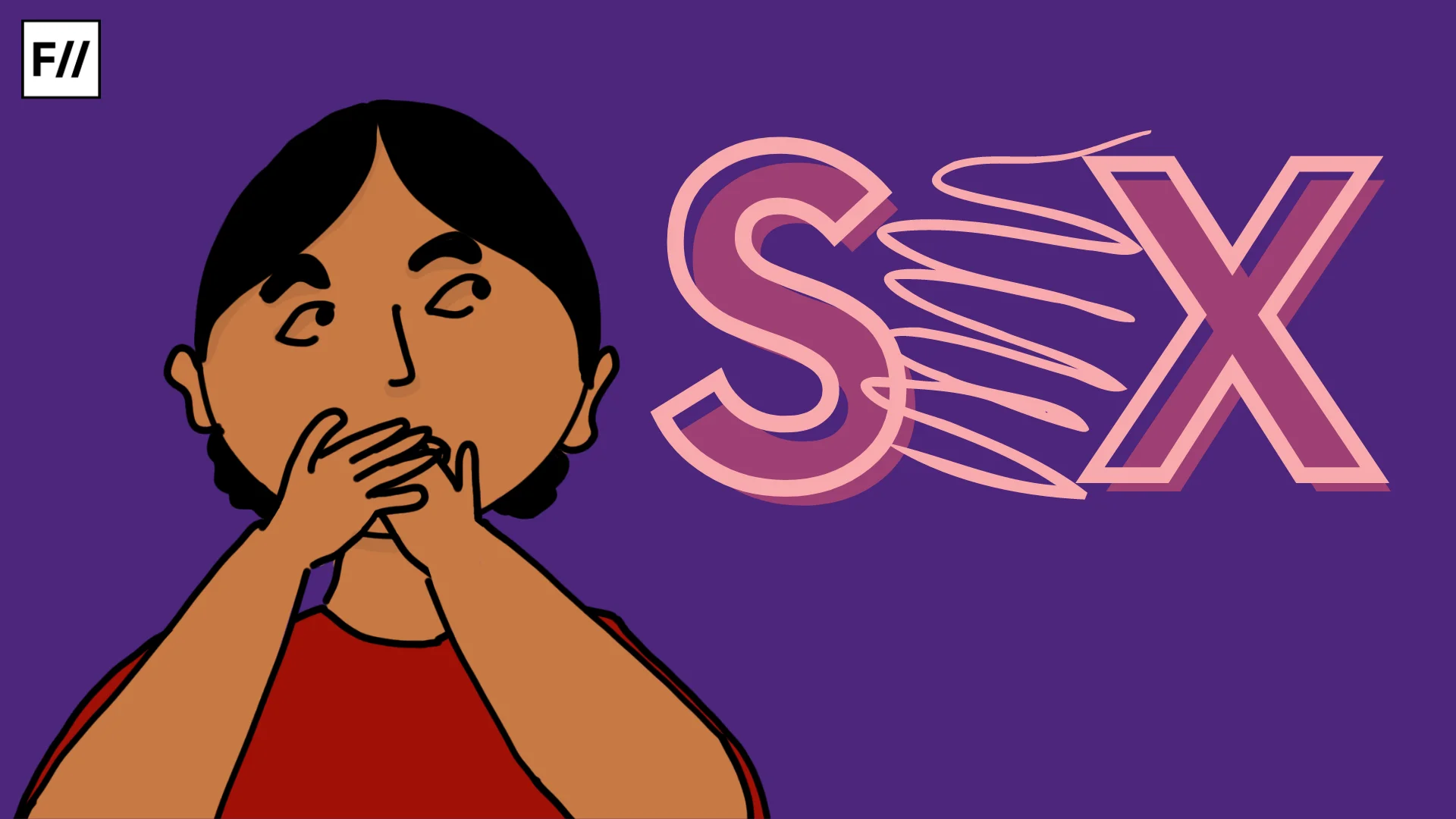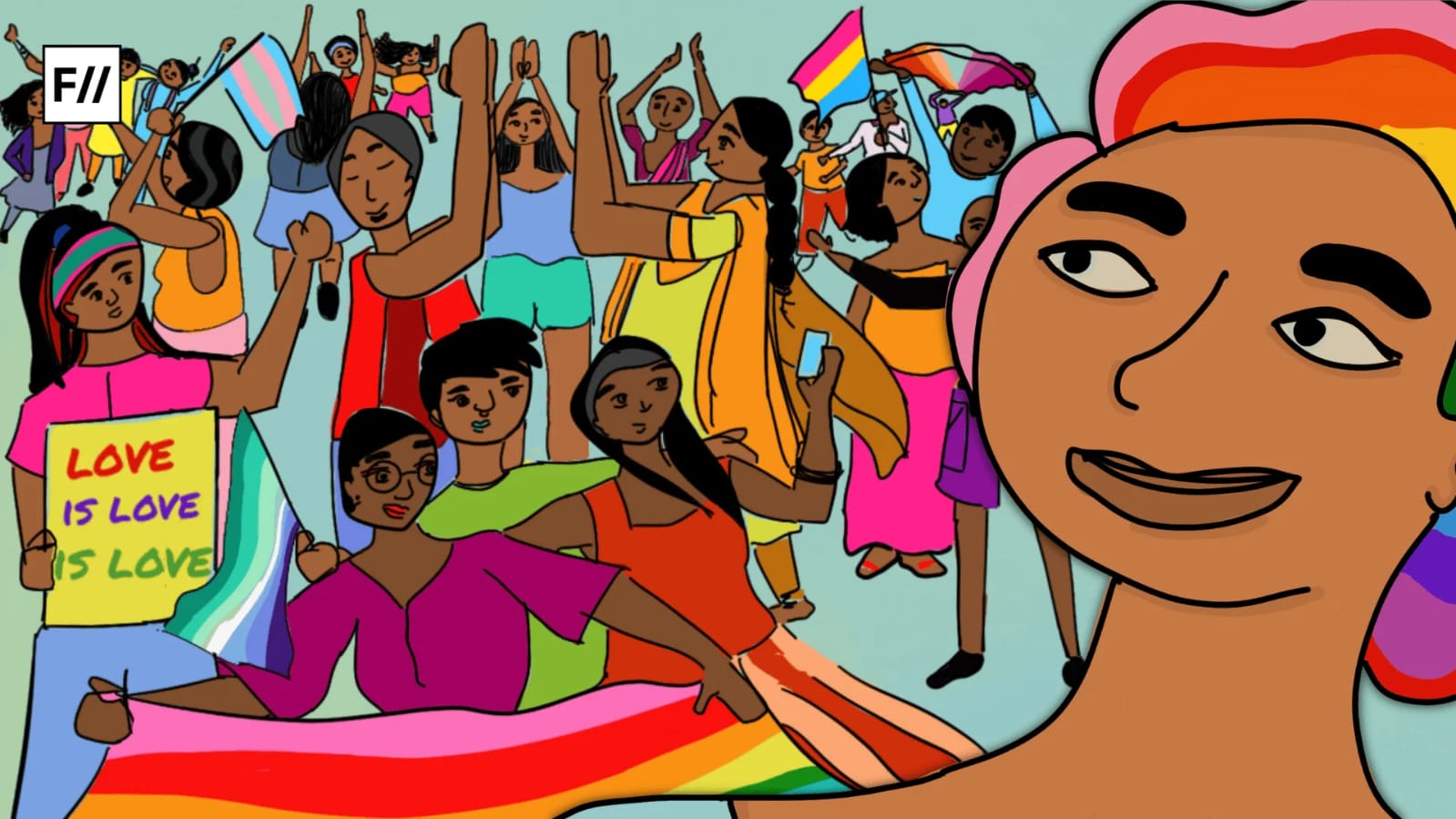A petition in the Supreme Court was filed by a 16-year-old student from Delhi, Kaavya Mukherjee regarding the court directive in the 2014 NALSA judgement mandating the introduction of Comprehensive sexuality education (CSE), which was not implemented in the country. The plea came in response to an RTI question seeking information regarding the integration of CSE (comprehensive sexuality education) in school curricula throughout the country. The RTI reply had returned with “no information”, provided by the NCERT. This proved that despite the 2014 NALSA judgement mandating the introduction of CSE, it was not adhered to. The Supreme Court Bench, comprising the CJI B.R. Gavai and Justice K. Vinod Chandran, issued a notice and asked for responses from the Union Government. The reply has been sought within six weeks. While the union and state governments take their time to integrate CSE, many, like Tinni, find no mention of the trans identities in their textbooks. Tinni laments how she has appeared for numerous examinations and read prose and poetry, yet no one spoke about her transgender identity.
Peers’ denial of trans identity
In 2022, Arvey Malhotra died by suicide, leaving a note blaming the school for their death. The grave incident was not only a reminder but also a wake-up call to the schools and educators to integrate a trans inclusive syllabus. Arvey’s mother recounted bullying, name-calling, and teasing by Arvey’s schoolmates, which pushed Arvey into depression. She told how the teachers were not cooperative.
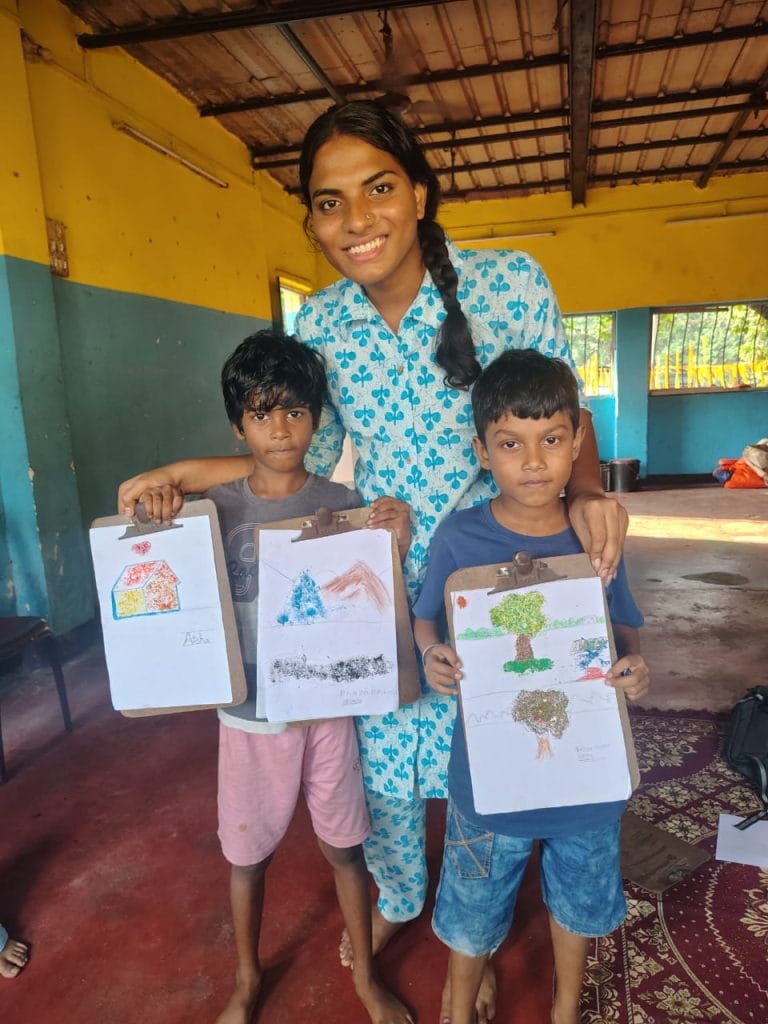
A report published by UNICEF underlined how girls and LGBTQIA+ children have difficulty in navigating schools, since they are often “gendered”. Research has shown how they are “expected to be in the background, not engaging in play or sport or leadership positions”. This not only demarcates individuals from one another but also instills a sense of inferiority. Gender norms exist in textbooks. Tinni has rightly pointed out how these books only refer to men and women and stereotypical names which unambiguously refer to their cisgendered (i.e., gender corresponding to their sex registered at birth) identity.
In 2022, Arvey Malhotra died by suicide, leaving a note blaming the school for their death. The grave incident was not only a reminder but also a wake-up call to the schools and educators to integrate an inclusive syllabus. Arvey’s mother recounted bullying, name-calling, and teasing by Arvey’s schoolmates, which pushed Arvey into depression. She told how the teachers were not cooperative.
Femmephobia or the societal “denigration of femininity across all gender and sexual identities”, constructs masculinity as superior and gives rise to anti-queer behaviour. Thus, in order to provide a safe learning environment for all, CSE needs to be implemented at appropriate levels. A “scientifically accurate” and “age-appropriate” framework for CSE was sought by the petitioner.
How CSE can help prevent child marriages
According to UNICEF’s statistics on child marriages in India, “nearly one in four young women in India (23 per cent) were married or in union before their 18th birthday.” Their data also reflected that child brides face challenges in continuing their education. The Court, in 2024, had observed that minors in child marriages were burdened with “compulsory heterosexuality” and their “right to sexuality” was knocked down. Compulsory heterosexuality refers to the concept that heterosexuality is not “natural” but has been forced and enforced by patriarchal norms and traditions.
CSE, age-appropriate and culturally sensitive, was one of the guidelines that the Court had suggested to curb child marriages. Thus, CSE will not only help keep children in school but also help create a safe learning environment for all. Tinni has cleared her senior secondary examinations and is currently working as a teaching assistant at Icchedana Pathshala.
Trans-inclusive education: Importance of sensitised educators
Ratna Dasgupta, a teacher at a government school in West Bengal, recounts the harassment that a student of hers faced. She said, ‘…although they transitioned later, they had to go through a lot of mental harassment. They have been subjected to mental harassment from their peers and teachers alike. Therefore, I believe gender sensitisation is of utmost importance. Moreover, it should begin even before one takes the Madhyamik (secondary examinations). According to the plea, neither the NCERT nor the SCERTS (State Councils of Educational Research) had included modules on gender diversity.
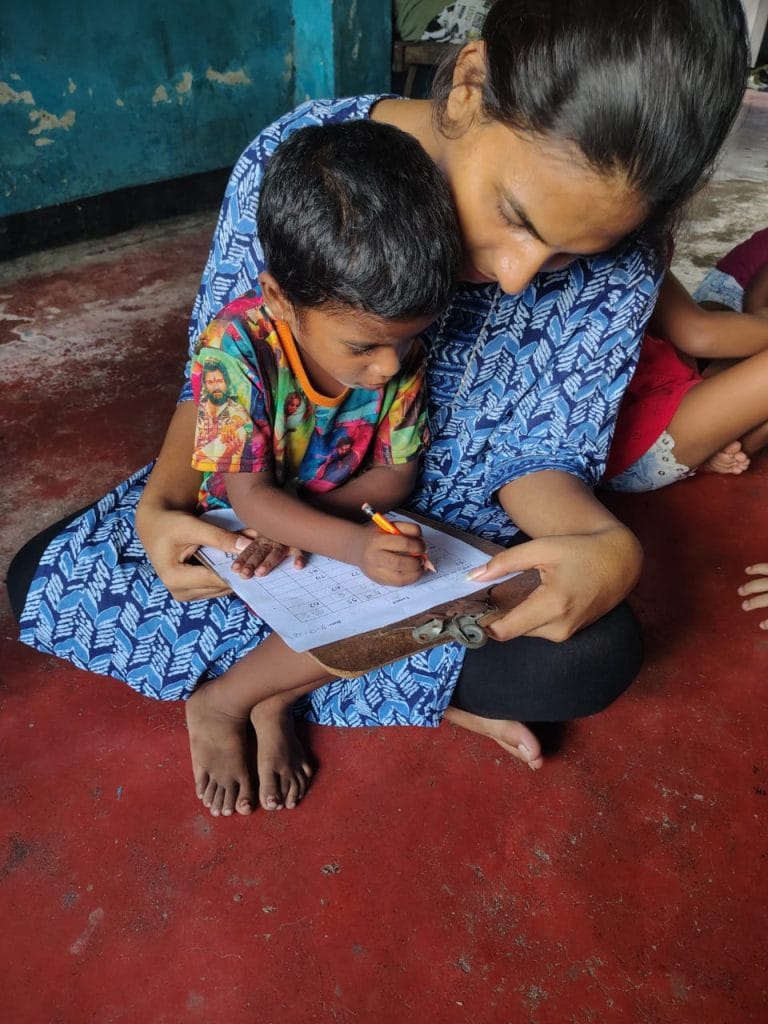
Educators can make or break a student’s confidence; hence, it is necessary to equip them, starting with simply “factual knowledge”, as Melinda Mangin mentioned. In 2021, NCERT had released a teacher-training manual which aimed at increasing trans-inclusivity at schools. The joy was short-lived. Facing backlash and outrage from parents, the manual was taken down from the website. Parents were concerned that children would be encouraged to opt for “puberty blockers”, among other irrational reasons. Tinni, along with others, had to bear the brunt of their educators’ insensitivity. She said, ‘When I was in the 9th grade, I started to grow my hair long. How would I have told them that I am a girl? My physical education (PE) teacher would wait with a stick and ask me to walk. He would question my decision to let my hair grow… What would I tell them? That the little boy they’ve seen is a woman? How would I tell them? No one taught us how to. We never learnt about it. Teachers themselves do not know; how would they tell us? … I was scared to use the washroom. Whenever I tried to use the washroom, 10 other boys would follow me in… I would hold in my pee for long hours’.
According to UNICEF’s statistics on child marriages in India, “nearly one in four young women in India (23 per cent) were married or in union before their 18th birthday.” Their data also reflected that child brides face challenges in continuing their education.
In a report by the University of Sydney, research has suggested how elite boys’ schools have often been found to be hostile for trans and gender-diverse students. A healthy school environment needs to mitigate the differences and provide equal opportunities to everyone. A “gender-equitable” and diverse curriculum has been recommended.
Icchedana Pathshala is a non-profit-run educational programme for underprivileged children, by the Civilian Welfare Foundation (CWF), Kolkata. Renaissan Dutta, a psychologist at CWF, reiterated the need for inclusive classrooms in order to break the gendered divisions. She recounted how a few male-bodied students loved to dance. Instead of showing overwhelming support, she suggests they should be treated no differently than girls who dance. In this manner, she creates an atmosphere that will be welcoming towards all. There should be no differential treatment. If such can be taught during the formative years, sexism can be tackled.
Tinni strives to create an inclusive learning environment at Icchedana Pathshala. Visual and performing arts are also prioritised, besides textbook learning. A few days after the Supreme Court had issued the notice to the Union Government, Mr Amit Yadav (Social Justice Secretary) ensured that the Union Social Justice Ministry had started to work with the Education Ministry. A national conference, on such short notice, takes us to question how “national” it might have been. That being said, the first and foremost duty befalls the educators who are on the frontlines. A safer learning environment, constructed by peers and educators, would act as the stepping stone towards inclusivity.
